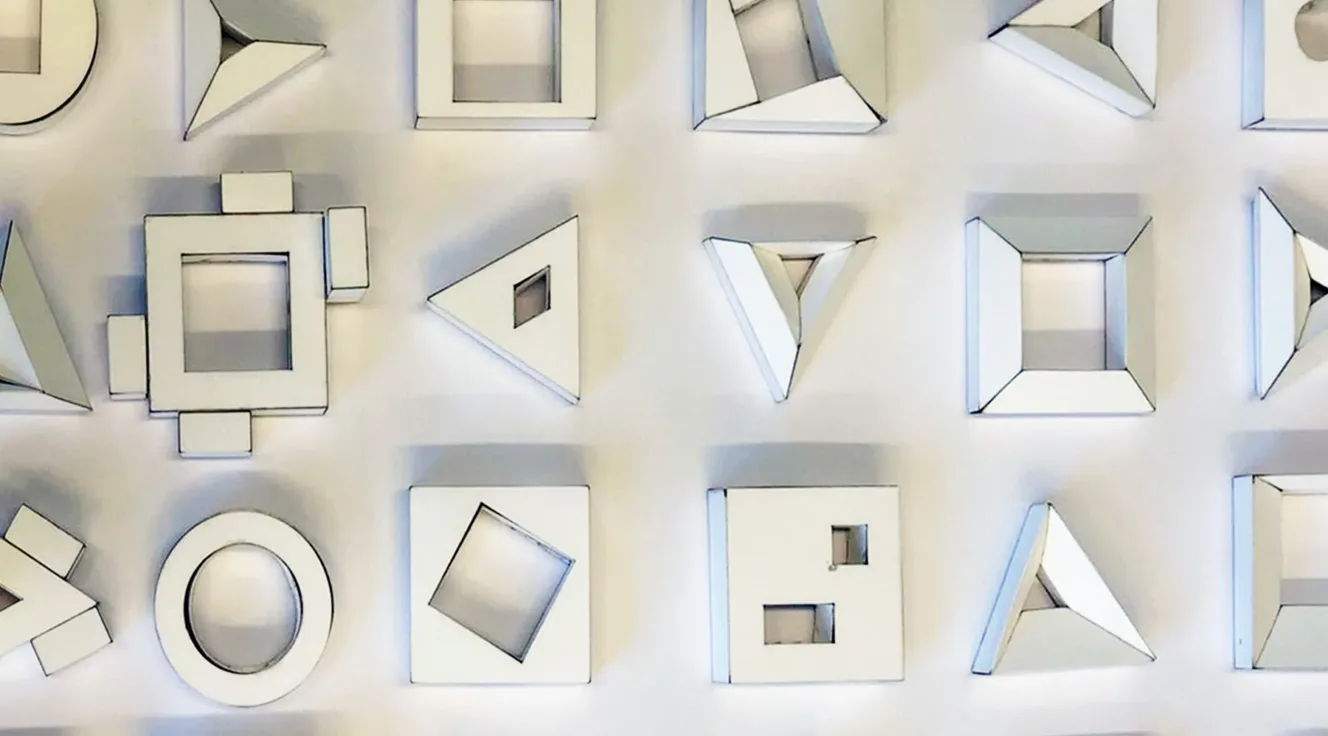ARCH 571: Virtual House--Development of a Generative Spatial System
Graduate Design Studio
Bhujon Kang, Spring 2019
In 1997, ANY magazine released “The Virtual House” containing seven prominent architects’ design proposals that explore the idea of the virtual through the unbounded program of a house. It challenged the invited seven architects to develop the newest connections generated through its plan, space, construction, and intelligence. Investigating their great achievements, this studio aims at designing a small scaled house developed by a generative spatial system. The spatial system, which originates from idiosyncratic and imaginative ideas and eventually systemizes quantitative and/or parametric organism, demonstrates the architectural contemporariness that implies technological, socio-economic, and environmental issues as a compressive form of architecture. In the studio, students research and practice diverse design methodologies with advanced digital technology.
The studio underscores a series of fabulous contemporary architecture by the visionary architects such as Renzo Piano, Frank Gehry, Toyo Ito, Rem Koolhaas, Herzog and de Meuron, Zaha Hadid, UN Studio, and the other young remarkable like Christian Kerez, Sou Fujimoto, Junya Ishigami, and ALA architects. Our spatial systems—inspired by all of the above, eschew the conventional grid systems. The spatial systems are closely related to geometrical developments that can be utilized by advanced digital design tools and techniques including parametric design methodology and digital fabrication. The forms of the spatial systems are morphologically operable by the set parameters. Students conceive reactive frameworks that accommodate the required performance of the units, rooms or cells. Eventually, the spatial systems display the parametrized organism that provides the formal and functional adaptation and constructs the entire building shape that is controlled by the systemized parameters. The studio also introduces digital fabrication tools to enhance the productivity of students’ physical models throughout the entire process.








